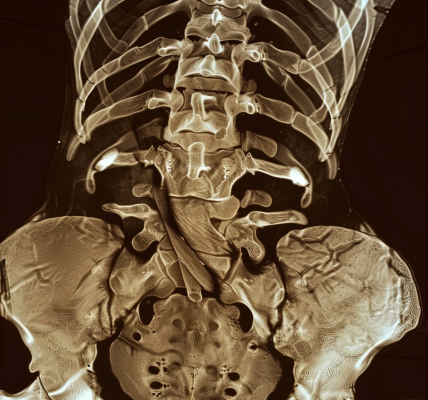Physical exercise has been found to be a crucial factor in preventing nerve damage during chemotherapy treatments, according to a recent study conducted by a team of researchers from the University of Basel and the German Sport University Cologne.
Cancer treatments, while life-saving, often come with side effects that can impact a patient’s quality of life. Nerve damage caused by chemotherapy medications like oxaliplatin or vinca alkaloids can result in long-lasting symptoms such as pain, balance issues, and sensations of numbness or tingling. These symptoms, collectively known as chemotherapy-induced peripheral neuropathy (CIPN), can persist even after cancer treatment has ended, affecting up to 50% of patients.
The research team, led by Dr. Fiona Streckmann, conducted a study involving 158 cancer patients undergoing chemotherapy with oxaliplatin or vinca alkaloids. The patients were randomly assigned to one of three groups: a control group receiving standard care and two exercise groups. The exercise groups participated in sessions twice a week during their chemotherapy, focusing on activities like balancing on an unstable surface and training on a vibration plate.
Over the course of five years, the researchers found that the incidence of CIPN was significantly lower in the exercise groups compared to the control group. Participants who engaged in exercise alongside their chemotherapy experienced a 50 to 70 percent reduction in nerve damage. Additionally, these individuals reported an improved quality of life, required fewer adjustments to their cancer medication doses, and had lower mortality rates in the five years following chemotherapy.
The study highlights the potential benefits of incorporating physical exercise into cancer treatment regimens to mitigate the risk of nerve damage and improve overall well-being for patients. By integrating simple exercises into therapy protocols, healthcare providers may help minimize the debilitating side effects of certain cancer treatments, ultimately enhancing the post-treatment recovery experience for individuals battling cancer.





